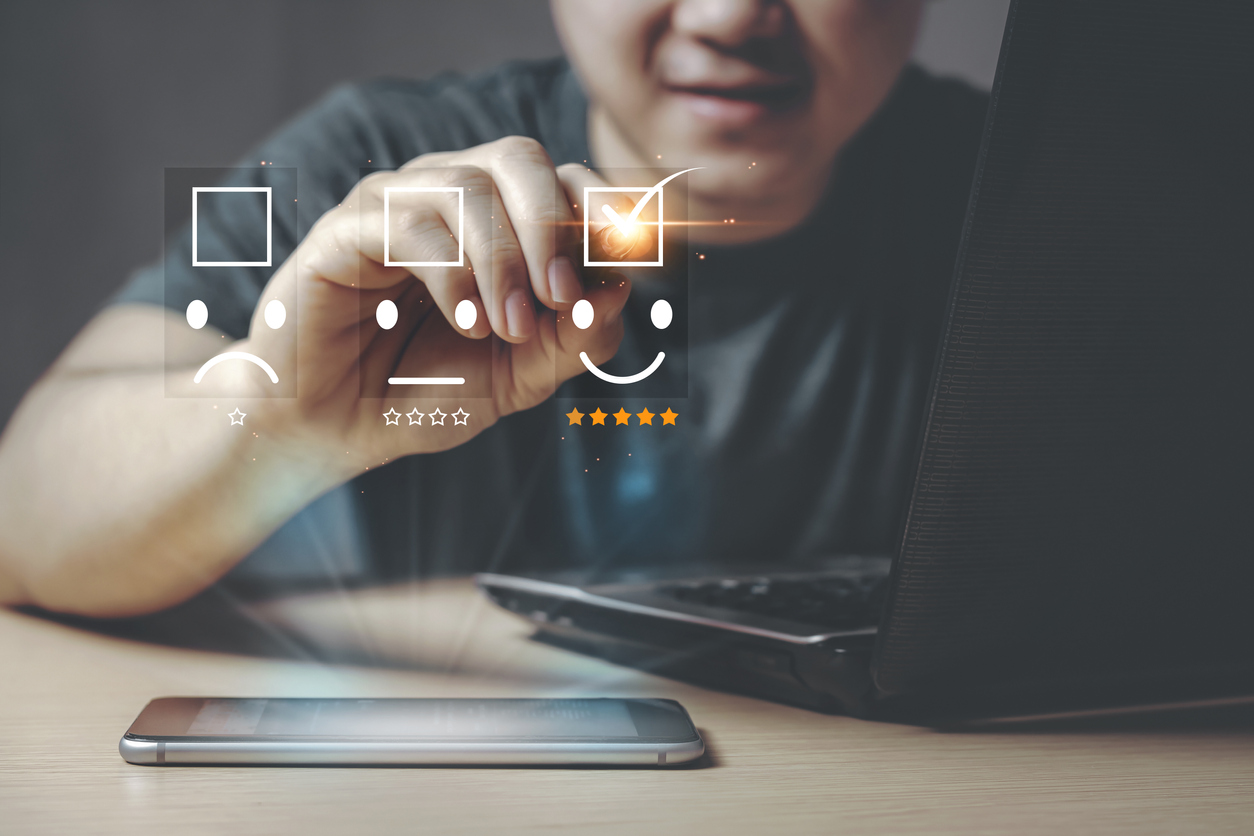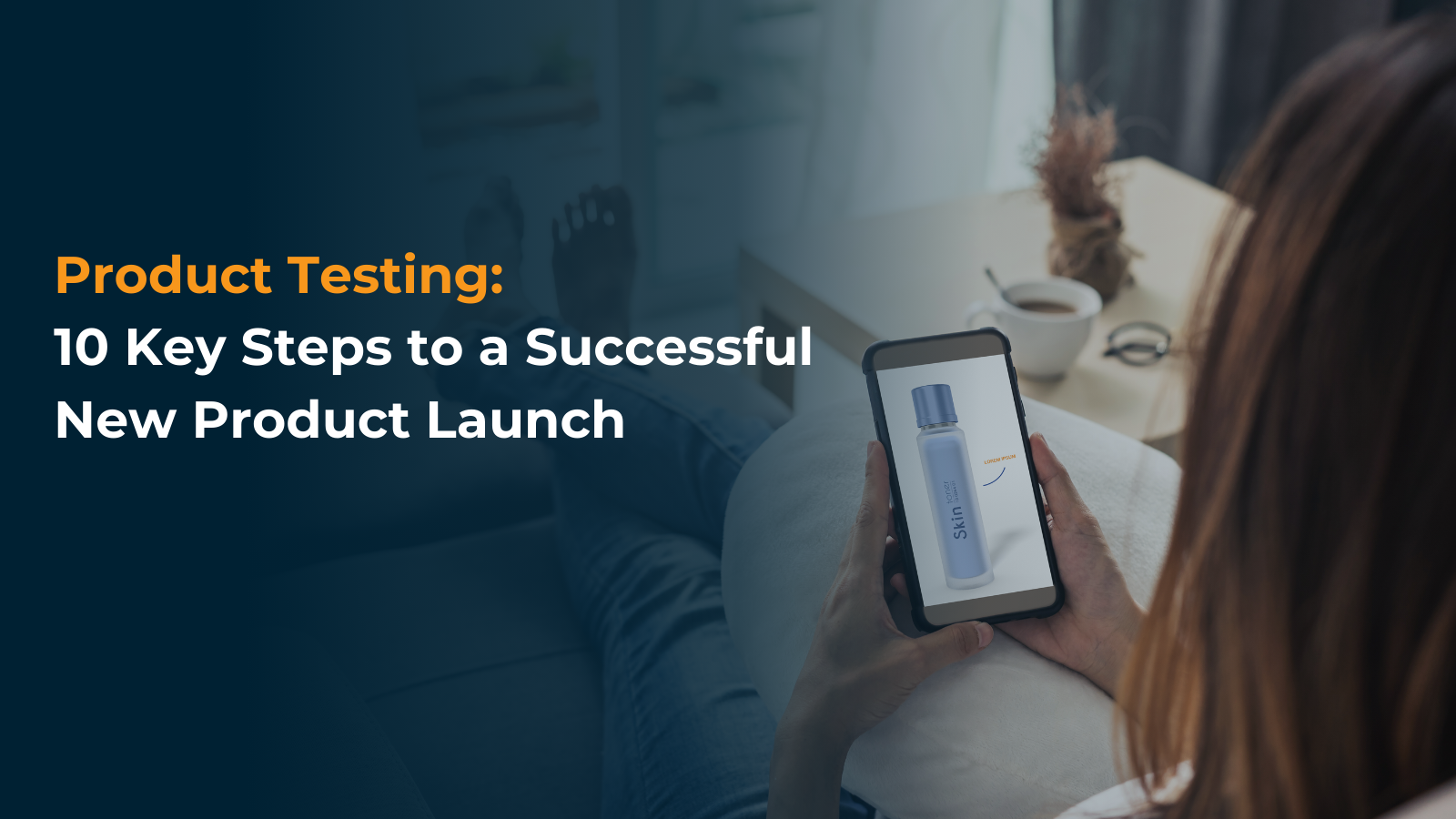Using Tech to Promote Representation in Consumer Research

Meaningful work is one of those employer perks that companies just can’t buy. The pandemic has certainly helped many leaders recognize the importance of their company’s larger mission. But here at QualSights, we’ve been finding purpose in our work long before it was the cool thing to do.
Of course, pretty much everyone who works here is excited to nerd out about teasing meaningful insights from consumer research. But we’re also really proud of the innovative ways in which our ground-breaking technology is changing the face of product testing. Here are three examples of how QualSights’ tech-enabled consumer research can make society—and our industry—better.
Bringing a Culture of Consent to Consumer Research
As anyone who uses an app or software program knows, we’re being studied at all times. Whether by clicking the button saying you understand that “this website uses cookies” or checking the box that says you read that 100-page document detailing terms and conditions, we acknowledge our subservience to corporate data scientists every day.
Of course, here at QualSights, our job is collecting consumer data. So why are we concerned about this status quo that everyone else seems content to accept?
Well, it’s just that we operate a little differently. We work in a world where people can opt in and actively participate in the kind of product research to which they want to contribute, fully understanding and willfully consenting to their part in the process.
The benefits of consent in product testing aren’t always obvious, though. When marketing and insights leaders are looking to hire a consumer research firm, they’ve got a lot to consider. Why bring in these outside researchers to interview our customers in sterile hotel conference rooms completely divorced from real life?
It’s a great question. After all, marketing leaders can get pretty decent consumer data from review sites, cookies, and pop-up ads. So, sure, if you don’t know how QualSights works, that argument makes sense. But the consumer research game has changed significantly.
One study that’s a great example of this is when we worked with a company that wanted to test out a pretty massive array of product concepts on a large Gen Z audience. We put together a series of ten-second highlight reels, presenting the material in a format similar to a TikTok feed. Participants interacted with it asynchronously, scrolling through on their own and offering unvarnished feedback. It was just about as easy as smashing a like button for our Gen Zers, and the company received video feedback on each concept that instantly captured and parsed verbal and non-verbal reactions. No conference room is required.
OK, now onto the truly disruptive tech. Another QualSights client wanted to know how often and at what time of day consumers were using their product. Most consumer researchers would resort to asking users to tell them how much they used and when, which is notoriously unreliable. After all, do you remember how much toothpaste you used last Wednesday?
Instead, we simply asked our study participants to place a little coaster on their counter. This gadget reports exact usage data over a set time period. All users have to do is carry on with their everyday lives. No need to comb through mundane memories for suspect data points.
In both cases, companies are getting valuable, real-time feedback from actual users who fully and knowingly consent to offering their data. We think it’s a refreshing, respectful shift away from the invasive, behind-the-scenes tracking software that only gives you half the story anyway.
Elevating Underrepresented Communities
At QualSights, we’re on a mission to uncover true insights through deep listening. But you can’t get there without hearing all the voices. Recording people’s opinions and bringing those thoughts to the people who can make change is part of our DNA. And we believe that everyone’s opinions matter, not just the people who are the loudest.
Now, we see the idea of loudness as encompassing more than just volume. In our industry, louder people might be the ones who can afford to take a day off to participate in a study. Maybe they’re the ones with the reliable car and gas money to get them to the conference room. Maybe they live in a city where they don’t have to deal with spotty Wi-Fi.
But here’s an ugly secret in the consumer research world: Some voices are easier to listen to than others. With traditional consumer surveys and focus groups, you only hear from the people who have the time, inclination, and patience to fill out a survey, shop alongside a researcher, or sit in a conference room and share their thoughts on your product. Is your study accessible to people with disabilities? What if you’re creating something brand new for five-year-olds, or trying to break into rural markets with spotty cell service in Southeast Asia? Are you giving the people you really need to hear from a chance to speak?
The solution to these barriers is technology. Kids can authentically react to your product in the natural environment of their homes, where they can feel more comfortable and accompanied by their parents. Shoppers with mobility issues can bring you along through screen-sharing as they fill their virtual carts online every week. Research participants can capture videos—in their mother tongue, in real time, and without Wi-Fi or cell service—and then upload them asynchronously for researchers to parse later at their own pace and in their own languages. That’s right – we’ve developed voiceover tech that quickly and seamlessly translates consumer responses across languages, something that global insights professionals have been looking for for years.
Asking someone for their opinion is a quiet way of telling them that you care. Conversely, when you don’t ask, you’re sending a message that they don’t matter. That’s why we’re always looking for new ways to bring diverse voices into research projects.
Inviting Empathy to the Table
When you think of scientific research, your first thought probably isn’t about compassionate understanding. And if we’re talking about the way consumer research used to be done, it’s hard to consider how empathy fits into card sorts and brand recognition surveys.
But if simply gathering the thoughts of others is a form of caring, then actually acting upon that data strengthens our empathetic muscles and creates a world that works better. And when your study participants respond to your questions in their own environment, whenever it fits into their hectic lives, something magical happens.
We saw this happen in a profound way during a study we did on breast cancer medication. One respondent recorded their reactions to treatment from bed, whispering into the phone so as not to disturb the partner who was sleeping next to them. It was a powerful moment that never would have been caught on camera if we did research the old-fashioned way. And the power of those raw, unfiltered reactions made a huge impression on our client, who decided to make some significant changes to their communication plan around the medication’s side effects.
By offering study participants the ability to record their thoughts as they occur and without an intermediary, vulnerable people can connect with those who are empowered to make decisions that can improve their lives. Those unvarnished, middle-of-the-night reactions are what true insights are made of.
The fact is, a traditional, moderated focus group can’t cut it here. Without a video-based, asynchronous qualitative methodology that’s capable of capturing the nuance of natural human reactions, there’s no way this global pharmaceutical giant could have gotten such honest answers to the sensitive questions and topics they needed to address.
These techniques lead to better research, which leads to better decisions for our clients. But it’s more than that. The fact is, we shouldn’t be asking vulnerable people to use antiquated feedback avenues when we have the technology we need to collect data in the manner most convenient for them.
Consent, comprehensive representation, and empathy are all achievable in the consumer research space. All we have to do is use the tools that are already in our arsenal. If your brand is looking for ways to use this technology for more inclusive and meaningful research, reach out to us and schedule a demonstration of how we can help you.
 Research Industry Insights
Research Industry Insights 

